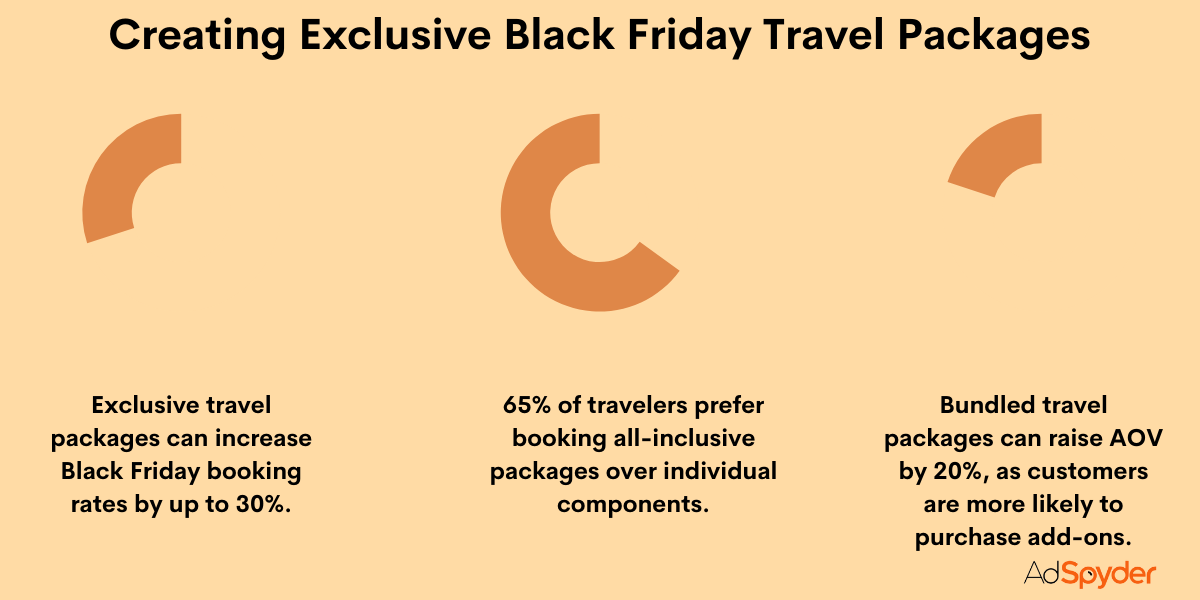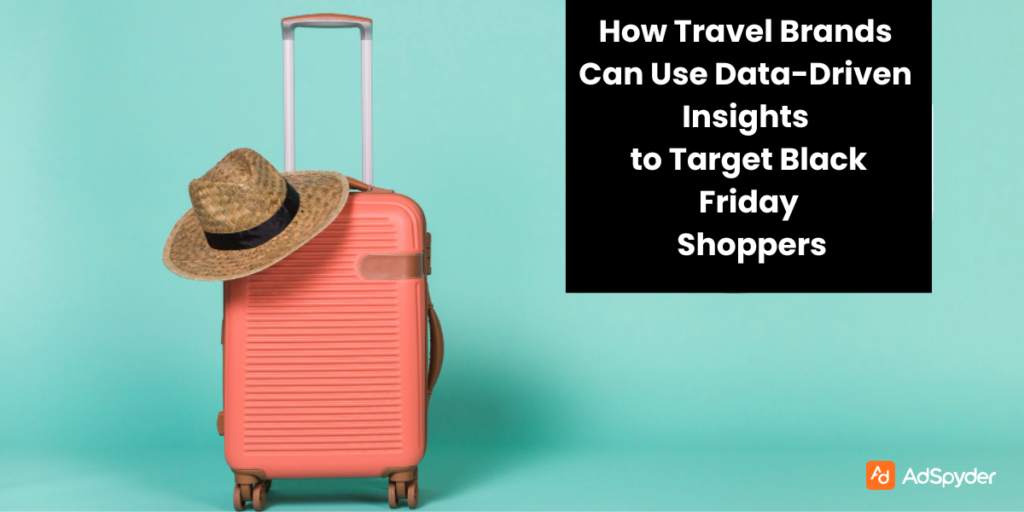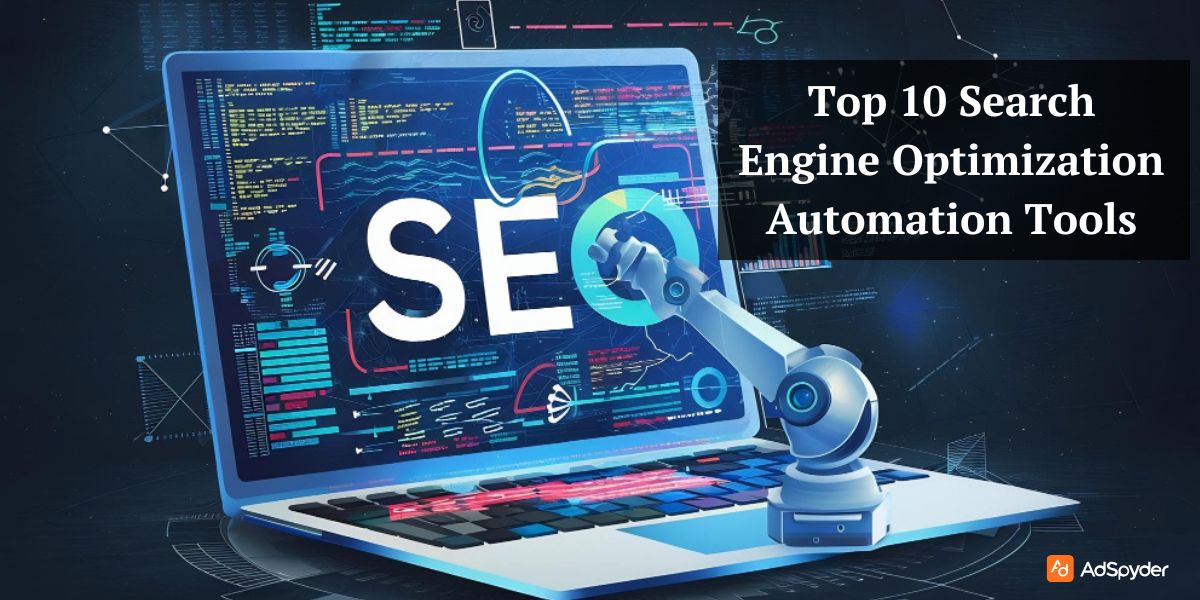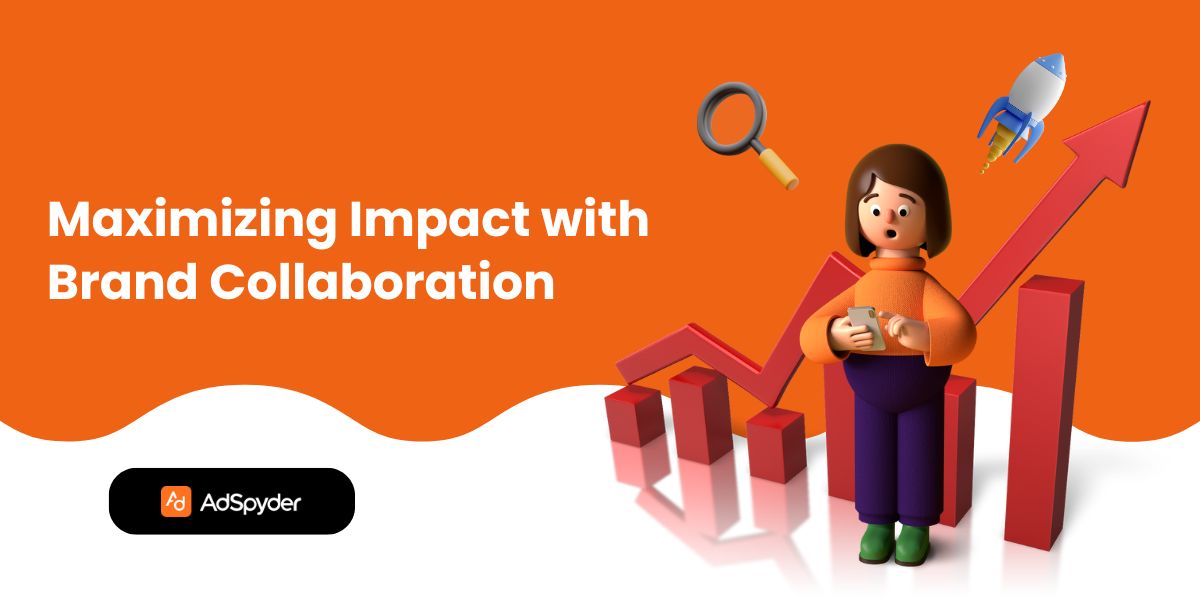Black Friday, the day that relates to massive discounts and customer frenzy would give a travel brand an upper hand, considering it the ideal opportunity to break the sales cliff and attract new customer acquisition to their rosters. Effective marketing strategies in such a competitive landscape will make a difference only where the brand stands tall and makes the most of this shopping frenzy during Black Friday.
Ready to Elevate your Marketing Strategy?
Data-driven marketing describes the process of using data to make marketing decisions, and it is one of the most potent weapons travel brands have at Black Friday. Analyzing customer data and behaviour will let travel companies tailor their campaign message toward where it should go, personalize offers, and optimize efforts for maximum effect.
This blog post will discuss how travel brands can use data-driven insights to attract and convert more Black Friday shoppers. We will also discuss the relevance of data-driven marketing, accumulating and analyzing customer data, and optimizing a Black Friday campaign with the help of data insights.
The Power of Data-Driven Marketing

Data-driven marketing is where data guides marketing decisions and the optimization of a campaign while seeking to analyze customer data and behaviour for travel brands.
Critical Benefits of Data-Driven Marketing
Data-driven marketing facilitates companies to be accurate with their decisions by combining live data and insights from that data in the campaign to attain the customer’s needs. In addition, it also provides higher ROI, enhances targeting precision, improves the participation of customers, and delivers highly personalized content that resonates with a specific audience segment; it also optimizes marketing spend and fosters better relationships with a customer through the help of predictive analytics.
- Better targeting: Because of data-driven marketing, travel brands have now been empowered to reach or communicate with niche customer segments with offers and messages. What this means is that marketing activities generally are hitting the right audiences right, and therefore the conversion rate.
- Enhanced personalization: Within customer data analysis, travel brands would be able to build the most personalized experiences for the individuals involved. This could, for instance, be in the form of making customized travel recommendations, packages, or content available to a customer.
- Optimizing campaigns: Travel brands can optimize marketing campaigns to be at its most effective using the insights from data-driven research. Such optimization could include readjustment of budget, re-targeting, changing messaging, or creativity, depending on the type of performance.
- Better Return on Investment: Such data-driven decisions would imbue travel brands with an improved return on investment. That is to say, a return of more value from marketing to spend on targeting the right audience at the right time with the right message.
Data-driven marketing will allow travel brands to leverage the game advantage opportunity and look beyond just this holiday season, driving sales on Black Friday.
Watch more: Black Friday Travel Deals
Collecting and Analyzing Customer Data
The collection and analysis of information about customers plays a vital role in successful data-driven marketing. Travel brands would source valuable insights by tracking customer behavior, demographics, and preferences.
Data Sources
Data sources for data-driven marketing thus include an enormous spectrum of channels such as CRM systems, website analytics, social media platforms, and email marketing tools.
- Booking data: Record date, place visited, price paid, and method of payments. This information would, therefore, enable you to know your customers’ preferences and trends.
- Customer profiles: For each booking, get details such as age, gender, and location. Besides this, you may also get details related to the interests’ interest. It may be used to concentrate on specific segments of customers.
- Website analytics: In website analytics, you can measure visitors, user behavior, and conversion rates. It helps to understand how customers behave when using your website so that you can make changes appropriately.
- Social media data: Share of interactions, engagement, and sentiment. This helps you understand what is trending regarding customer opinion and preference.
- Customer surveys and feedback: Ideas from customers through surveys, reviews, and support interactions are valuable. Pick a thing or two about your weakness and why things are imperfect.
By identifying data sources, you make collecting data easy. It also allows for organised data collection, so that nothing worth analysing is missed.
Data Analysis Tools
Critical tools for data analysis include transforming the raw data into actionable insights so that the marketer can approach a data-driven marketing strategy. Google Analytics, Tableau, and Microsoft Power BI are the tools that aid marketers in analyzing those data trends, tracking KPIs, and evaluating the success of campaigns.
- Business intelligence tools: Use tools like Tableau, Power BI, or Qlik to visualize and analyze data. Hence, you can create dashboards and reports to track KPIs in detail and identify trends.
- Statistical analysis software: Use more advanced data statistical analysis software with R or Python. You could apply it to running some tests, building the predictive models, and determining hidden patterns in your data.
- Machine learning algorithms: With customer data, prediction, and recommendation can be made much more accurate using machine learning algorithms.
Travel brands will be in a position to find the level of in-depth understanding they require for proper campaign optimization by gathering and analyzing customer data, leading towards greater customer satisfaction, better conversion rates, and ROI.
Check out: Black Friday Marketing for Furniture Ads
Targeting Black Friday Shoppers with Data-Driven Insights

Travel brands might be on the right track to identify the right target audience for their Black Friday campaigns with data-driven insights. Data can be analyzed against customer information to personalize offers, create targeted ad campaigns, and optimize their marketing efforts.
Critical Strategies for Targeting Black Friday Shoppers
To effectively target Black Friday shoppers, first, you resort to data analytics to understand your audience’s purchasing behavior and specific preferences. Design appealing time-sensitive promotions focusing on what deal or discount is being offered uniquely, and send a reminder email before the sale occurs.
Identify high-value customers
- Segment customers based on the above factors and identify your most valuable customers.
- That will be booking history, how they spend, and loyalty. You can use these to find who will most likely convert.
Personalize offers
- Produce offers and personalized recommendations associated with customer preferences and behaviors.
- Tailored discounts, special packages, or just destinations are personalized offers. These have a greater chance of impacting customers positively to achieve more conversions.
Retargeting campaigns
- You can target a client who has gone through your website but hasn’t purchased anything. This can be how you reposition lost sales and increase conversions.
- Retargeting ads and Fashion ads during Black Friday is also particularly effective. This is because so many customers go to your website but do not make a purchase immediately.
Lookalike audiences
- Find new customers who resemble your high-value customers.
- This lets you bring more people inside the door, making them your new customers.
- Algorithms within machine learning help create lookalike audiences. They do this by finding those with similar characteristics as your customers.
Behavioral targeting
- Target customers according to their online activities. These can be the exact search terms typed in, site visits, or social media activity.
- This will allow you to target travel-interested customers who are currently active.
- For example, you can target those who searched for “Black Friday travel deals.” You could even target customers who have visited travel websites.
Having data-driven insights on targeting Black Friday shoppers will increase the chances of converting a prospect to a paying customer for travel brands, thereby selling more, achieving better ROI, and ensuring high customer satisfaction.
How to Use Social Media Ads to Promote Black Friday Travel Offers
This table provides actionable strategies for effectively using social media ads to promote Black Friday travel offers, ensuring better engagement and conversions.
| Social Media Platform | Ad Strategy | Best Practices |
| Use carousel ads to showcase different travel destinations and package options. | Include a clear CTA like “Book Now” and highlight special Black Friday discounts. | |
| Leverage Stories and Reels with short, engaging videos promoting travel deals. | Use swipe-up links for easy booking access and add countdown stickers to create urgency. | |
| YouTube | Run pre-roll video ads featuring popular travel destinations or all-inclusive packages. | Keep videos under 30 seconds with captivating visuals and a compelling CTA. |
| TikTok | Utilize influencer partnerships to share authentic content about travel deals. | Encourage influencers to share their experiences or travel tips for the destination featured in the deal. |
| Create visually appealing pins that link to landing pages for Black Friday travel offers. | Use high-quality images of destinations and include keywords like “Black Friday Travel Deals” in the pin description. |
Optimizing Black Friday Campaigns with Data Analytics
Analytics can help you understand the performance of your Black Friday campaigns so that you can make data-driven decisions and optimize campaigns.
Critical Strategies for Optimizing Black Friday Campaigns
Plan and create promotional materials well before the rush and ensure they are ready for marketing during this period. Segment to tailor messages to the different audience groups, give them relevance, and enhance their engagement.
- Track key performance indicators (KPIs): Track website traffic, conversion rates, revenue, and customer lifetime value, which will help you determine the effectiveness of your Black Friday campaigns and what the potential pain points can be.
- Analyze customer behavior: Use data analytics to see how the customers interact with your website and marketing materials. This. This can help determine which channels and messaging would best drive the conversions you are looking for.
- A/B testing: Testing different aspects of marketing, such as ad creatives, landing pages, or email subject lines. A/B testing will help you determine which approaches work best for your campaigns by improving them with data-driven insights.
- Real-time optimization: Real-time optimization uses the data generated throughout real-time to optimize campaigns as and when there is a need to do so. This can enable capitalization on trends and reactions to changing behavior from your customers. For example, if overnight traffic is a specific channel, you may start sending it to that channel.
- Attribution modeling: Attribution modeling identifies the types of marketing channel touchpoints that result in a conversion. In that manner, you view the customer journey and optimize your budget.
Travel brands may make better decisions with data analytics through Black Friday campaigns. Thus, travel brands will have a higher conversion rate and more revenue, improving customer satisfaction.
Take a Look: Dynamic Ads for Black Friday
Case Studies
Expedia
One of the leading online travel agencies, Expedia, was able to run its campaigns on Black Friday with massive success by applying data-driven insights. The company was able to find specific groups of customers who could be targeted through the data it had from its customers, along with personalized offers and recommendations.
- Strategy: Expedia has adopted customer segmentation as an essential tool in selecting valuable customers based on booking history, spending habits, and preferences. It has then targeted these segments using the Black Friday deals mode coupled with the recommendation of specific products.
- Results: Expedia’s data-driven approach has ensured its high conversion volume and average order size during Black Friday. It is possible mainly through targeting the right customer with the right offer to maximize sales potential.
Airbnb
Using insight from data, Airbnb optimizes its price and inventory management on Black Friday. The first is by analyzing historical data and projecting demand so that they can offer competitive pricing within the exact range of what people expect to pay. The second is by ensuring adequate listings to meet client demand and at a competitive pricing that would attract clients.
- Strategy: It applied predictive analytics to give forecasts of what exactly happens in accommodation demand during Black Friday. It calibrated its pricing and inventory levels accordingly based on the generated demands.
- Results: Using the data-driven approach, Airbnb avoids overbooking and undervaluing to maximize revenues on Black Friday.
Booking.com
The popular online travel agency Booking.com is using data to personalize the customers’ experience and sell their products on Black Friday. They use customer data to offer personalized recommendations, icing, and targeted marketing campaigns to reach potential.
- Strategy: Using these source machine algorithms, the company could analyze customer data and explain their behavior. The established pattern helped Booking.com position itself well for personalizing recommendations, offering discounts according to customer preference, and strategizing for relevant marketing campaigns targeting customers.
- Results:Booking.com applies data-driven approaches, which caused higher engagement with customers while also increasing conversion and, most importantly, increasing customer satisfaction. In addition to this advantage, using personalized experiences allows Booking.com to differentiate itself from competitors and could drive sales up during Black Friday.
These case studies testify that travel brands successfully utilize data-driven marketing for Black Friday. Applying data-based findings will optimize brand campaigns to target and boost the right sales for sales increases.
See It Here: Black Friday Fashion Ads
FAQs
It provides a prime opportunity to boost sales by offering exclusive travel deals, attracting new customers.
By analyzing customer behavior and preferences to create personalized offers and target the right audience.
Booking history, demographics, web analytics, and customer feedback are critical for understanding customer needs.
Through A/B testing, real-time optimization, and performance tracking of KPIs like conversion rates.
Personalized offers, such as tailored packages or discounts, improve customer engagement and conversion.
Segment customers based on loyalty, booking frequency, and spending habits, then offer tailored promotions.
Tools like Google Analytics, Tableau, and Power BI help visualize data and optimize marketing strategies. Also, you can use AdSpyder to analyse competitors’ ad campaigns and gain insights from it.
Conclusion
Ultimately, travel brands must look at data-driven marketing to optimize their Black Friday campaigns. Brands will get the right audience using data insights and tailor their offers to personalize and maximize the impact of their marketing efforts.
Key Takeaways
- Data-driven marketing will be able to reveal the understanding of customer behavior and preferences.
- Through customer data analysis, travel brands will find key customer segments, and according to them, marketing efforts can be devised.
- Personalization in the campaigns adds more value; by personalizing it, the business can increase its effectiveness in creating customer experience.
- Data analytics can be used to optimize the performance of a campaign. The ability to analyze trends makes decision-making easier and leads to a data-informed choice.
Travel brands may differentiate themselves from competing brands, increase sales, and maintain long-term customer relationships through data-driven marketing.




